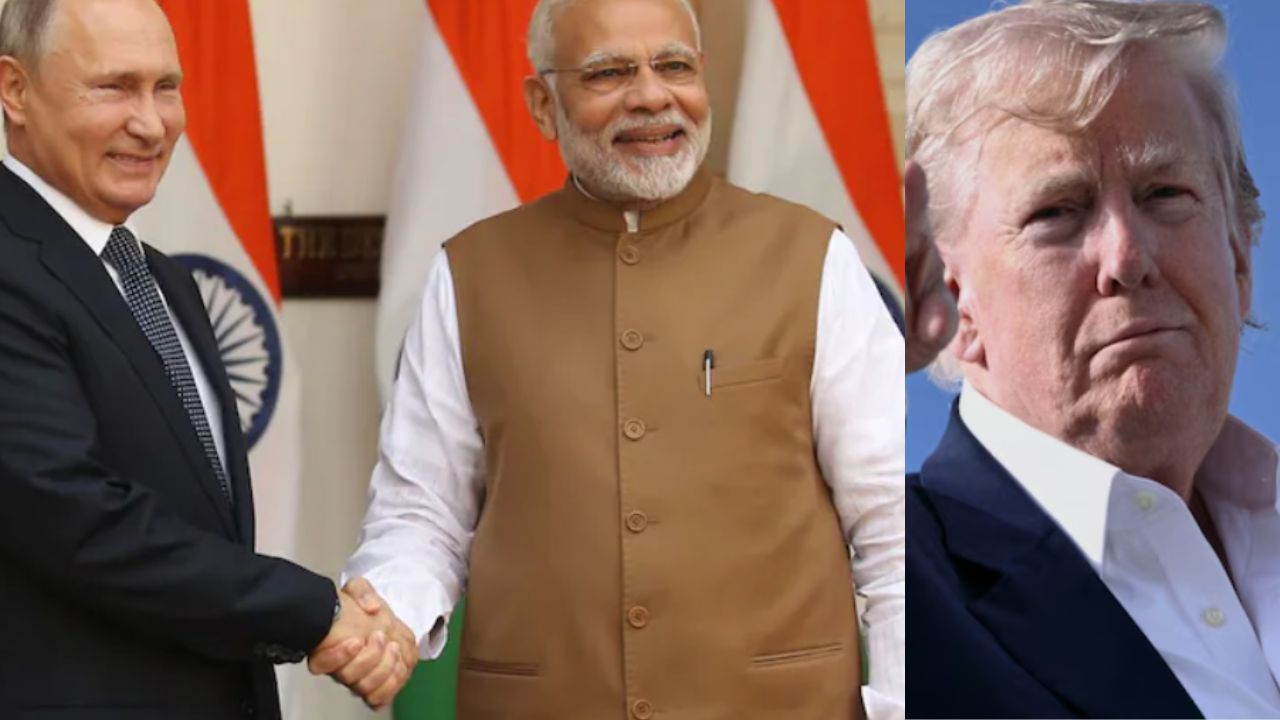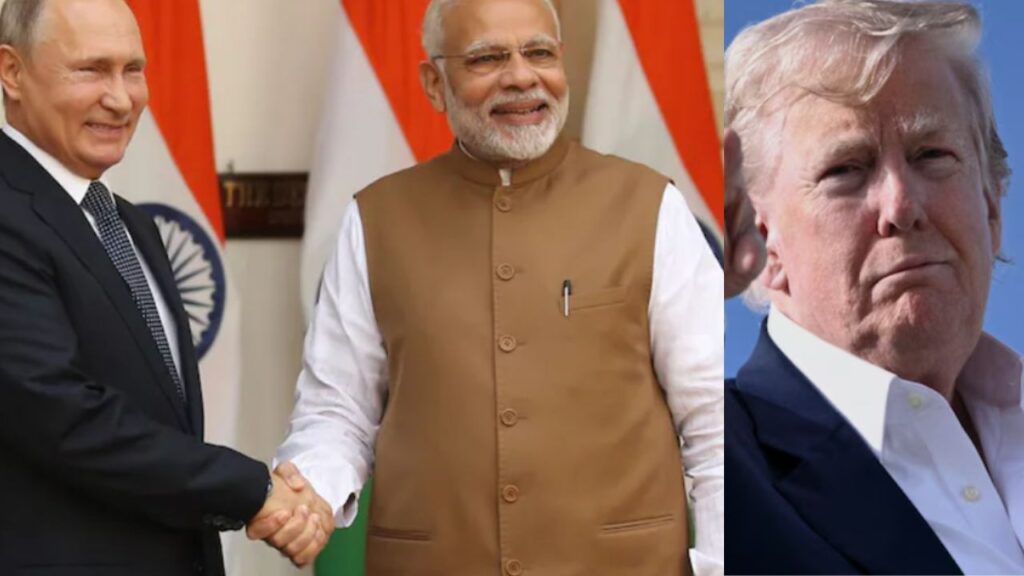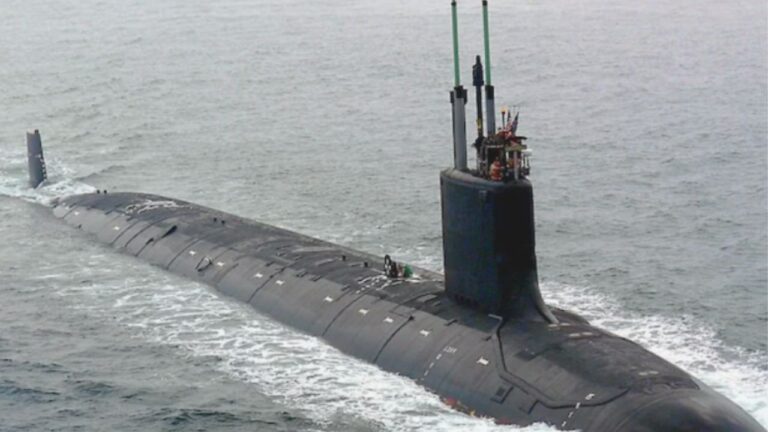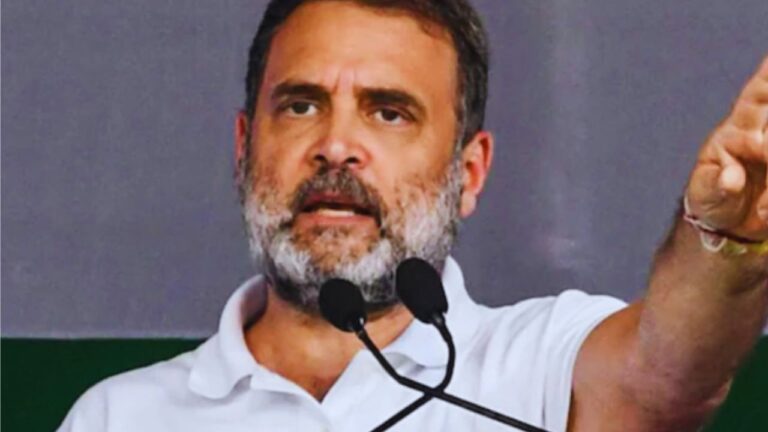
Tariffs And Ties: How Deep Is India’s Dependence On Russia?
Unpacking a Strategic Partnership Built on Oil, Arms, and Diplomacy
As the global geopolitical chessboard shifts amid Western sanctions, rising protectionism, and multipolar diplomacy, one of the most closely watched alliances is that between India and Russia. Decades after the Cold War drew them together as strategic partners, the question resurfaces with greater urgency in today’s polarized world: How deep is India’s dependence on Russia?
With tariff regimes changing, energy security threatened, and global arms supply chains under strain, India’s continued engagement with Russia holds both opportunities and vulnerabilities. Let’s delve into the multiple layers that define this complex relationship.
1. Oil and Energy: A Newfound Reliance
Since the 2022 Ukraine war, India has dramatically increased its oil imports from Russia, taking advantage of deep discounts offered by Moscow amidst Western sanctions. As of mid-2025:
- Russia accounts for over 35% of India’s crude oil imports, up from less than 2% in early 2022.
- India now imports more Russian oil than from Saudi Arabia and Iraq combined.
- The rise of rupee-ruble trade mechanisms has helped sidestep dollar-based transactions, shielding India from secondary sanctions and enabling cheap energy inflow.
However, this growing reliance brings geopolitical risk. Any further sanctions, price caps, or Western-led embargoes could force India into a tight corner — balancing affordability with international alignment.
2. Defence & Arms: Legacy Dependency Runs Deep
India’s defense sector has long been dependent on Russian technology and hardware. The numbers speak for themselves:
- Nearly 60-70% of India’s military arsenal — from fighter jets and submarines to tanks and missile systems — is of Russian origin.
- Key platforms like the S-400 missile defence system, INS Vikramaditya aircraft carrier, and MiG-29 fighters form the backbone of India’s operational readiness.
- Ongoing joint ventures like the BrahMos missile and the planned AK-203 assault rifle production reflect continued collaboration.
Despite efforts to diversify arms imports (from France, the U.S., and Israel) and push for ‘Atmanirbhar Bharat’ (self-reliant India) in defense manufacturing, Russia remains irreplaceable — at least in the short to medium term — due to cost-effectiveness, familiarity, and logistics compatibility.
3. Diplomatic Balance: A Historical Friendship in a Multipolar World
India and Russia share a relationship that has historically transcended transactionalism:
- Russia has consistently supported India on key issues, including Kashmir at the UNSC.
- During the Cold War, the Indo-Soviet Treaty of Peace and Friendship (1971) symbolized strong bilateral alignment.
- Even today, India carefully avoids criticizing Russia publicly on contentious global issues, including the Ukraine war — a stance that has drawn Western criticism but maintained its strategic autonomy.
That said, India is also increasingly aligned with the West — evident in platforms like the Quad, deeper defense ties with the U.S., and participation in G7 discussions. The India-Russia dynamic is therefore a tightrope walk: maintaining an old friendship without alienating new partners.
4. Trade Imbalance & Sanctions Fallout
Bilateral trade between India and Russia has crossed $60 billion annually — largely due to the oil surge — but remains heavily imbalanced:
- Russia exports far more to India (mainly oil, fertilizers, and arms) than it imports (mostly pharmaceuticals, tea, and chemicals).
- Payment issues due to sanctions on Russian banks have caused delays and inefficiencies, prompting India to explore alternative currency arrangements and even barter systems in some cases.
- While India resists Western pressure to reduce trade with Moscow, it remains cautious not to violate sanction thresholds that might jeopardize access to Western financial and tech markets.
5. Nuclear, Space & Technology: Strategic Collaborations
Beyond oil and arms, the Indo-Russian partnership thrives in other high-impact domains:

- Nuclear energy cooperation includes Russia’s ongoing construction of reactors at Kudankulam in Tamil Nadu.
- In space exploration, ISRO and Roscosmos have long collaborated, including training of Gaganyaan astronauts and satellite launches.
- India benefits from Russian expertise in cyber defense and artificial intelligence, although such ties remain less publicized.
These strategic sectors underline a dependence built on trust, continuity, and shared long-term goals — far beyond just trade.
Between Allies and Autonomy
So, how deep is India’s dependence on Russia?
Very deep — but not irreversible.
India’s Russia ties are rooted in legacy, layered in strategic depth, and strengthened by recent energy bargains. However, New Delhi is actively hedging — diversifying trade, upgrading domestic defense capabilities, and deepening ties with the West.
The road ahead will demand diplomatic dexterity, as India walks a tightrope between old loyalties and new alliances. With the world shifting toward economic nationalism and multipolar competition, India’s Russia strategy may not be about choosing sides — but about choosing self-interest at every turn.
In an age of tariffs and tectonic shifts, India’s bond with Russia remains a pillar — but whether it’s a foundation or a crutch depends on how wisely it’s managed.





